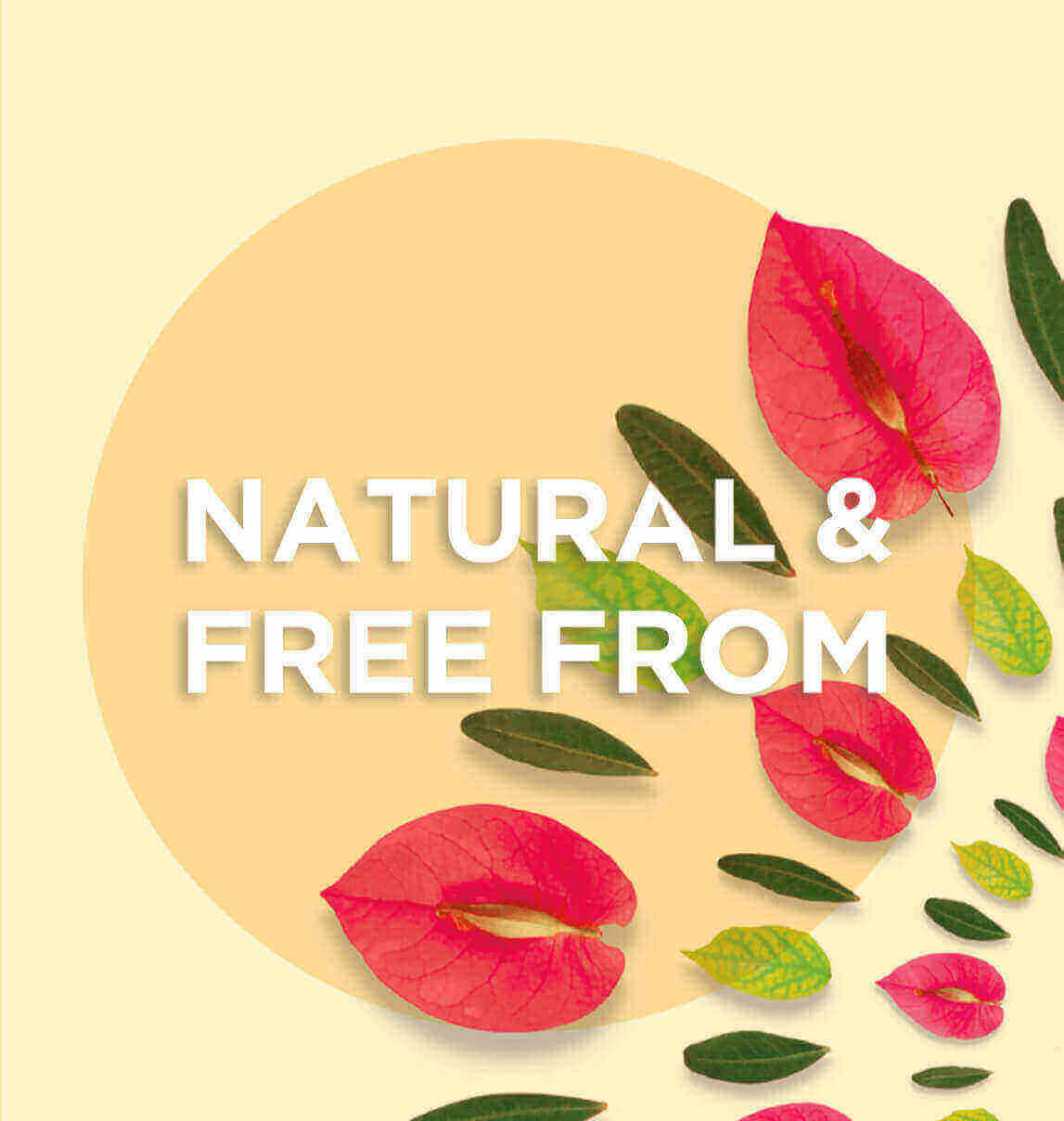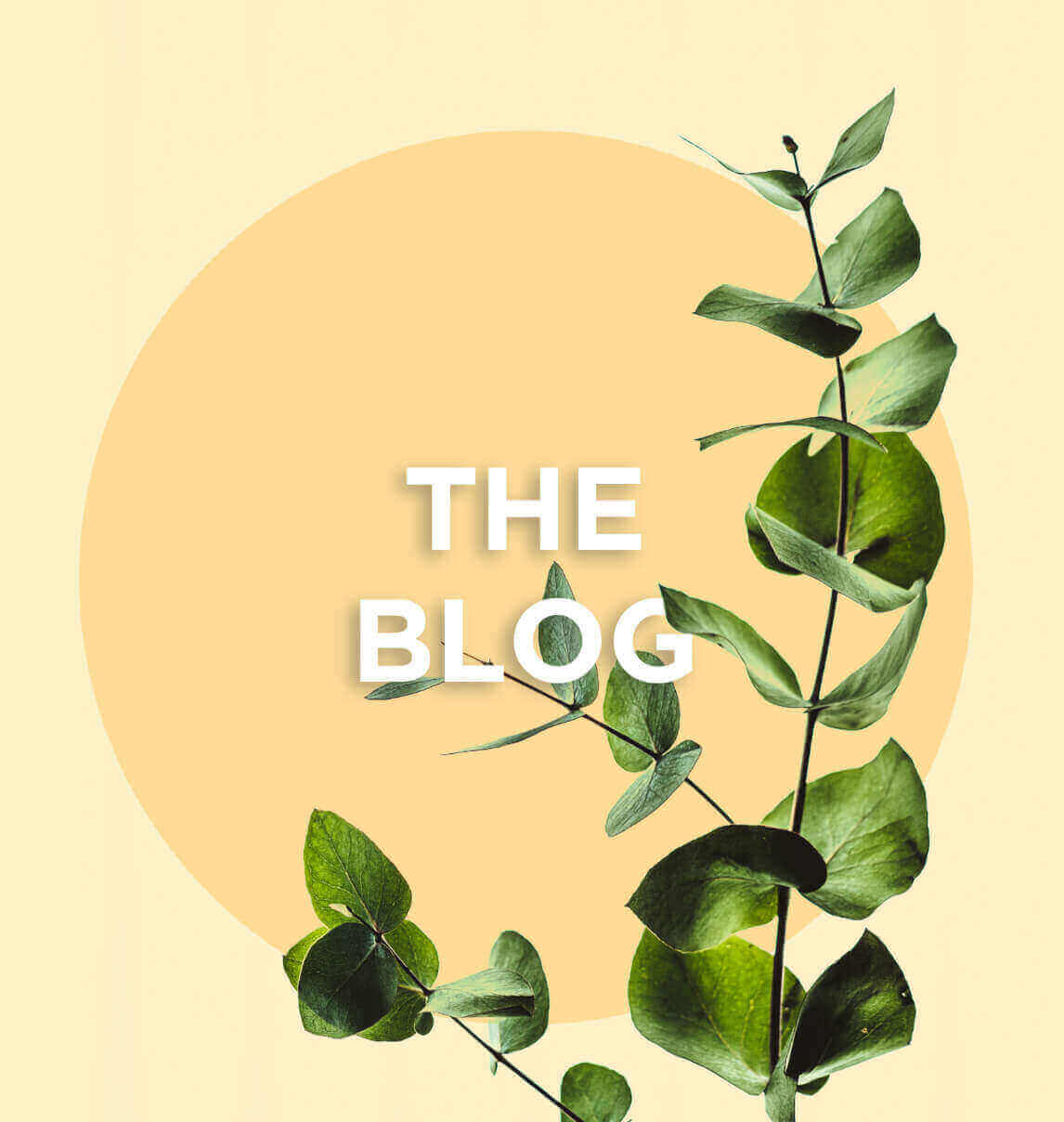Echinacea, commonly known as “American cone flower” or “snakeroot”, belongs to the botanical family Asteraceae. For this reason, its use is not recommended for those allergic to this plant family.
Originally from the United States, different varieties of Echinacea have since developed in a number of geographical regions benefitting from moderate climates. In Europe, three varieties with specific medicinal characteristics have been chosen for use in pharmaceutics:
– Echinacea angustifolia DC. (roots)
– Echinacea purpurea (L.) Moench. (leaves and roots)
– Echinacea pallida Nutt. (roots)
The available forms of administration include aqueous extracts (juices, infusions), aqueous-alcoholic extracts (mother tincture, tablets) and total plant powders (tablets). Traditionally, these plants were used to encourage the healing of wounds and burns, easing stomach and dental discomfort, and also recommended by Amerindians for treating snake bites. In France, mother tinctures are obtained using the roots of Echinacea angustifolia.
Since the beginning of the twentieth century, new uses are regularly being discovered, for example in the prevention or treatment of respiratory infections such as flu, common cold and sore throat.
Claims have also been made about the plants’ immunostimulative properties and their ability to act against bacterial and viral infection. These properties are linked to the presence of polysaccharides (echinacoside) and of glycoproteins which stimulate our defence mechanism by acting upon macrophages and monocytes (non-specific immunity). They also inhibit the production of pro-inflammatory factors such as cytokines, thereby intercepting the inflammatory response, usually triggered by the reaction of micro-organisms to attack.
These findings all confirm the potential for reduced risk of bronchopulmonary complications, notably through stimulation of the immune system and preventing viral adhesion, bacterial adhesion and inflammatory response. In this way, a wide range of antibiotic treatments could also be avoided.
Here are the indications recognised by the WHO*, ESCOP** and the Commission E***:
– Oral treatmen
– Non-specific, immunostimulating effect (respiratory infections)
– Prevention and treatment of winter infections (common cold, flu, nasopharyngitis, sore throat…)
– Treatment of glandular fever
– Treatment of fungal and urinary infections
Skin treatment;
– Injuries (chronic ulcers, skin wounds)
The different Echinacea varieties are used in the following:
– Long-term prevention ; 8-10 days per month, October to April.
– Short-term prevention in cases of major infection risk (flu epidemic or a sharp fall in immunity) ; 5-7 days for a maximum of eight weeks
– Used in combination with initial agressive drug treatment, Echinacea-elderberry (common cold, flu..) and Echinacea in association with antibiotic therapy ; 5-7 days or longer according to the condition.
The daily dosage does not vary, should not be increased and depending upon the form of administration, can be equivalent to the following:
– 200-400mg of dry extract/tablets
– 1-3g of plant powder/tablets (Commission E: 900mg/day)
– Herbal tea/infusion or decoction (WHO: 1g/cup ; 1-3 cups/day)
Very few side effects have been noted, but include nausea, vomiting, diarrhoea and abdominal discomfort. Several safety precautions should also to be noted; this medicine should not be taken during pregnancy and breastfeeding, in cases of auto-immune diseases, leukaemia, liver failure and is unsuitable for children under twelve.
1. Bruneton Pharmacognosie : Phytochimie, plantes médicinales (Ed.Lavoisier, 2016)
2. Fleurentin, Du bon usage des plantes qui soignent (Ed. Ouest, France, 2016)
Reference
Šmejkal K ; Rjašková V ; Ceska Slov Farm.Use of plant extracts as an efficient alternative therapy of respiratory tract (Fall 2016;65(4):139-160.)
Vimalanathan S1 ; Schoop R2 ; Suter A2 ; Hudson J3, Prevention of influenza virus induced bacterial superinfection by standardized Echinacea purpurea, via regulation of surface receptor expression in human bronchial epithelial cells.(Virus Res. 2017 Apr 2;233:51-59. doi: 10.1016/j.virusres.2017.03.006. Epub 2017 Mar 7)
Volker Schulz, Rudolf Hansel, Mark Blumenthal, Varro E. Tyler, Rational Phytotherapy: A Reference Guide for Physicians and Pharmacists (2004)
Bruneton Pharmacognosie: Phytochimie, plantes médicinales (Ed.Lavoisier, 2016)
Fleurentin, Du bon usage des plantes qui soignent (Ed. Ouest, France, 2016)
EMA, European Medecines Agency
———
**WHO — World Health Organisation
***ESCOP — European Scientific Cooperative On Phytotherapy, E/S/C/O/P Monographs, The scientific Foundation for Herbal Ml Products
****Commission E — German scientific advisory board





